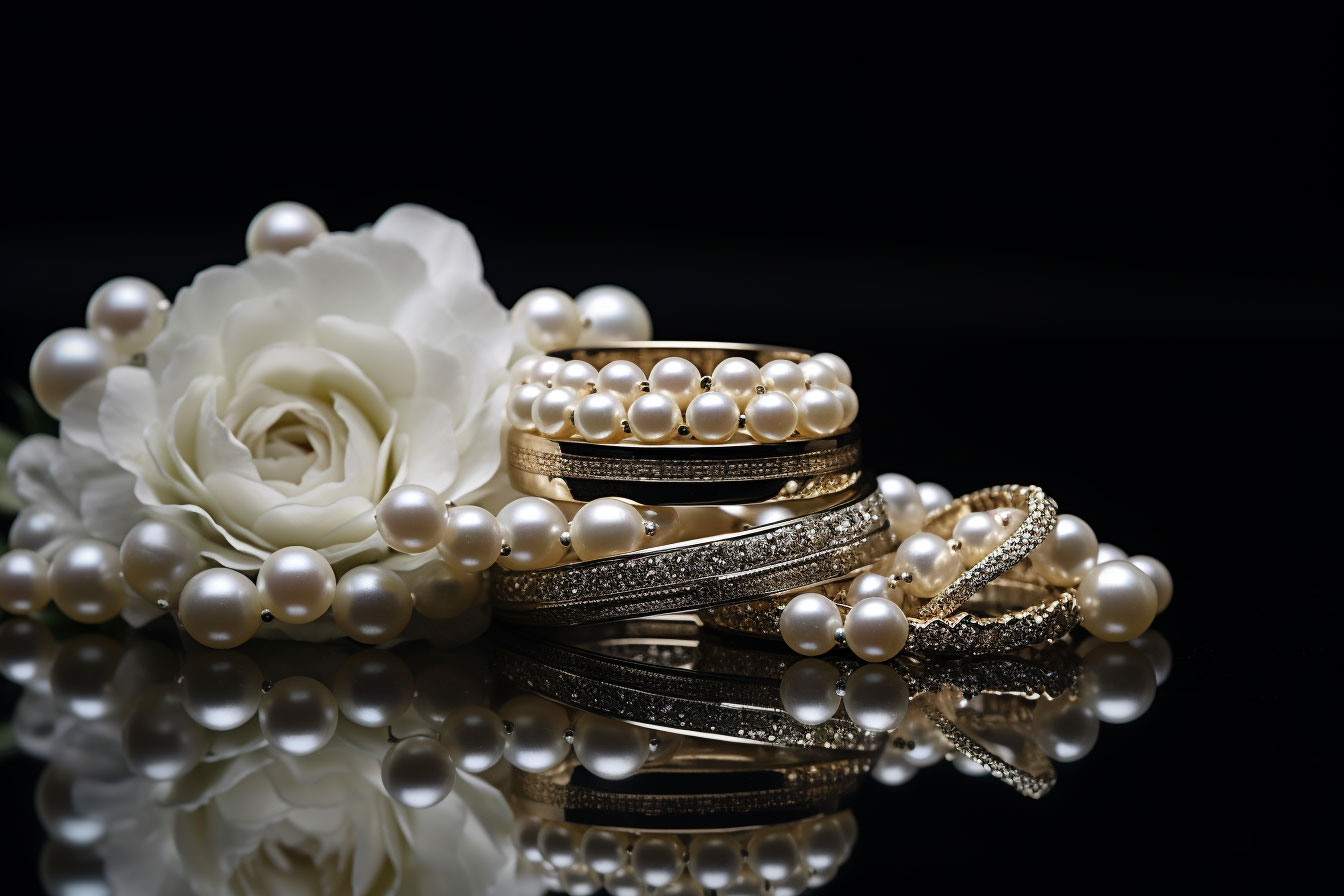Engagement Ring Claw Settings Explained
When it comes to the perfect engagement ring, the claw setting (also known as the prong setting) is the most popular style. This classic setting not only offers exceptional security for your sparkling diamond, but also enhances the brilliance of the gemstone by allowing the light to reflect off its facets.
If you're thinking about a claw setting for an engagement ring, our guide covers everything you need to know about the timeless setting so you can make an informed choice and get it right the first time.

What is a claw setting?
A claw setting resembles a delicate cradle that gently holds the diamond in place. Before the diamond is set into the ring, slender prongs extend straight up from the base. When the diamond has been snugly placed into its final position, the metal prongs are carefully moved into place to securely embrace the gem so it can’t move.
Claw setting pros
- Ultimate sparkle: Claw settings maximise the diamond's exposure to light, making it look its absolute best.
- Makes it look bigger: A raised claw setting creates a clever optical illusion, making the diamond appear bigger than it actually is.
- Timeless style: Claw settings exude a timeless, traditional look that never goes out of style.
- Affordable: This setting style is often more cost-effective compared to other, more complex options.
- Easy to clean: Claw settings are easy to clean, allowing you to care for your ring at home and keep it looking its best.
- Versatile: This type of setting looks great with all diamond shapes.
Claw setting cons
While claw settings offer many advantages, there are a few other points to keep in mind:
- Height: A high claw setting runs the risk of catching on clothing or gloves. Choose the setting's height based on the lifestyle of the person you’re shopping for.
- Diamond exposure: Claws can leave the outline of the diamond exposed, which can make it susceptible to chipping in some situations. Because of this, it’s a good idea for the person wearing the ring to remove it when doing heavy, potentially damaging work.

Types of claw settings
Claw settings are incredibly versatile and come in various styles and finishes. They can have four, six, or even eight claws, depending on the size and design of the diamond. The claws themselves can have different shapes and finishes, including petite, round, and tab claws, each adding a unique touch to an engagement ring.
A four- or six-claw setting?
Whether you opt for a four- or six-claw setting is up to you and what you think your partner will like. While a four-claw setting allows more of the diamond to be visible and maximises light exposure, six-claw settings offer extra security. The bigger the diamond, the more sense a six-claw setting makes when it comes to how the ring looks and how secure the diamond will be.

How to choose a claw setting
A claw setting is a timeless and elegant choice for an engagement ring, ensuring that your diamond shines brilliantly for years to come. Choosing a claw setting ultimately comes down to personal taste and lifestyle considerations. If you need any extra advice, we’re here to help. Get in touch and we’ll help you choose the perfect ring your partner will love.
You May Also Like

Eight bridal jewellery superstitions, myths, and o ...
Jewellery has always played a significant role in the world of weddings and marriage. From engagement rings to the ...

Ten jewellery superstitions, myths, and old wives ...
Jewellery and gemstones have been around since the beginning of human history, so it comes as no surprise that they ...

The Pros and Cons of a Christmas Proposal
With twinkling fairy lights, mugs of hot chocolate piled high with whipped cream, the warmth of a crackling fire in ...






